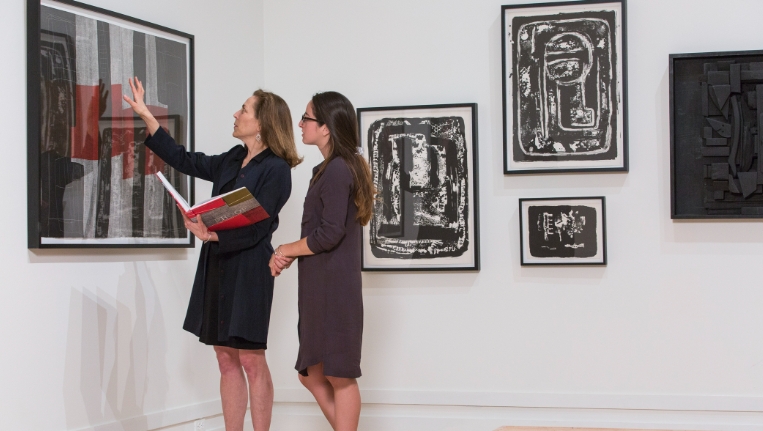Lines of Expression: Exploring the Power of Drawing in Contemporary Art Galleries
Drawing has long been a fundamental aspect of artistic expression, weaving its way through the history of art. In contemporary art galleries, drawing has taken on renewed significance, revealing the thoughts and emotions of artists in profound and accessible ways. This blog post delves into the role of drawing in modern galleries, highlighting its impact, versatility, and ongoing evolution.
The Role of Drawing in Contemporary Art
Drawing serves as a powerful medium for artists, allowing them to explore ideas that may not yet be fully formed. In contemporary galleries, drawn works range from traditional sketches to intricate, large-scale installations. This versatility reflects a shift in perception; drawing is no longer seen merely as a preparatory tool, but as a standalone art form that communicates depth and complexity. The immediacy of drawing allows artists to capture fleeting thoughts and emotions, inviting viewers to engage with their inner worlds.
The Intersection of Drawing and Technology
As technology advances, drawing has begun to merge with digital media, leading to exciting new possibilities in contemporary art. Many artists now utilize digital tools to create stunning visual pieces that transcend the limits of traditional mediums. Digital drawing techniques allow for experimentation and spontaneity, encouraging artists to break boundaries and challenge norms. This intersection opens up new dialogues about what constitutes drawing, expanding its realm within contemporary galleries and reaching wider audiences.
Engagement and Interaction in Art Galleries
Modern art galleries are increasingly focused on making the viewer’s experience more interactive and engaging. Many exhibitions incorporate drawing stations where visitors can create their own artworks, fostering a connection between the audience and the artistic process. This participatory approach not only demystifies the act of drawing but also promotes creativity among gallery-goers. Such initiatives highlight the importance of drawing not just as a form of expression, but also as a means of connection and community within the art world.
In conclusion, the exploration of drawing in contemporary art galleries offers a fresh perspective on this timeless medium. From traditional to digital practices, drawing continues to evolve, inviting deeper engagement from both artists and audiences. If you’re intrigued by the world of drawing and want to dive deeper into its nuances, consider visiting a nearby art gallery or participating in a drawing workshop. Experience the power of lines of expression firsthand, and let your creativity flow!

